We grow watermelons outdoors in the Urals
The taste of Astrakhan watermelons is familiar to us since childhood: sweet, juicy, refreshing. However, more and more often, unripe fruits end up on market shelves, and therefore are bland or simply tasteless. Therefore, many want to acquire melons and gourds in their own garden. However, the opinion that it is impossible to grow a quality product in the Urals, far from the southern regions, becomes a stumbling block at the beginning of the sowing season. But in real life it's not that hard. The main thing is to clearly know and follow several important rules.
Seed preparation
The planting material must have good growth energy, which means that healthy, large seeds that have undergone pre-sowing treatment are needed.
To obtain a harvest of watermelons during the Ural summer, you need to use the seeds of zoned varieties of short and ultra-short ripening periods. Such plants have time to give a mature harvest in normal weather conditions within 65-80 days.
Watermelons are a southern melon crop that is especially demanding for heat during seed germination and in the first month after planting. The optimum temperature for seed germination is 30-32 degrees Celsius, at a temperature of 18 degrees there is a risk of decay, and at 15 degrees, growth stops.
The following varieties of watermelons have proven themselves well in the Urals:
- "Ogonyok";
- Skorik;
- "Krimstar";
- "Sugar Kid".
The cultivation of other early maturing varieties is also practiced.
To get good shoots, you need to properly prepare the seed.
- Warming up.
Dry seeds for 7-10 days before soaking are warmed up near a heating battery or in a thermostat, or before sowing, they are kept in hot water for 30-40 minutes. The temperature should not exceed 50 degrees, since at a higher temperature the embryo may die.
- Soak.
Used to calibrate seeds and saturate dry seeds with moisture. The grains are placed in water, a solution of salt or ammonium nitrate (no more than 3%) at a temperature of 23-25 degrees for 25-30 minutes, stir periodically. Light, hollow seeds that do not sink in water or solution are not suitable for sowing. Even if they do sprout, they will not have enough energy for growth, for the formation of ovaries - and the cultivation will not be effective.
Important!
After being in a saline solution, the seeds are thoroughly washed under running water.
- Disinfection.
Along with warming up, it helps prevent diseases, including fungal ones. The seeds are kept for 20 minutes in a pink solution of potassium permanganate or in a solution of wood ash.
- Germination.
For sowing by hand, the soaked seeds are wrapped in a damp cloth and kept at a temperature of about 30 degrees. Moisture must be maintained constantly, but grains must not be kept in water. After 3-5 days, they will swell, begin to hatch and are ready for sowing in seedling pots or in open ground. When sowing with a seeder, the soaked seeds are slightly dried and sown without germination.
You can get a crop of melons and gourds in open ground in the Urals by seedlings or by sowing soaked seeds. Seedling production is a rather troublesome business that requires heated areas. But additional costs make it possible to increase the growing season of watermelons by 25-30 days and plant the plants in the ground at a more favorable time. Seeds sown directly into open ground have a chance to give a ripe harvest under the condition of warm weather (not lower than +20 degrees) during the germination period and the first month of growth.
Seedling production
Seedlings are grown in pots with a volume of at least 0.3 liters, peat or plastic, from which the plants are easily removed without destroying the clod of earth, since the root system of a watermelon does not tolerate transplanting well. The pots are filled with fertile soil suitable for vegetable crops. You can prepare a potting mix of equal parts sand, peat, and good turf. Add 50 g of ammonium nitrate and dolomite flour and 100 g of superphosphate. For disinfection, the soil is spilled with a weak solution of potassium permanganate. Small portions can be roasted in the oven.
At the end of April, sprouted seeds are sown in prepared containers, covered with plastic wrap and placed in a warm place. At a favorable temperature (about +30 degrees), the first shoots will appear within 8-10 days. Seedlings are grown for 25-30 days at a temperature of 25-27 degrees.
Advice
At night, the temperature background for seedlings must be lowered to +20 degrees.
Seedlings are sensitive to light levels and will stretch when there is a lack of light. Therefore, during a prolonged cloudy period, which is not uncommon in the Urals, additional lighting is required. If the seedlings are grown in an apartment, they must be hardened and accustomed to sunlight, starting from 20 minutes and gradually increasing the period so that after planting in the open field, the plant does not get burned.
Landing
The plot is chosen sunny, on a southern slope, protected from drafts.
For planting seedlings, carefully prepare the soil: remove weeds, dig in, add humus (up to 3 buckets per 1 sq. M), complex mineral fertilizers (1 tbsp. L.) And wood ash (3 tbsp. L.). The ridges are formed for the selected planting scheme, which should provide a distance between plants from 50 cm to 1 m. On heavy soils, it is necessary to form high ridges for the outflow of excess moisture and ventilation.
Growing on beds using mulching materials not only helps to retain heat and moisture, but also reduces labor costs for weeding.
The planting depth depends on the size of the seedling pot. For the normal growth of watermelons, you cannot deepen the root collar and break an earthen ball with a root system. The optimal planting time is early June, when the danger of frost goes away. In the event of a decrease in temperature, it is necessary to be able to protect the plants with a covering material.
Planting care
These are traditional agronomic techniques: weeding, loosening, watering and fertilizing. The root system of a watermelon is pivotal and penetrates to a depth of one meter or more, so the plant is able to successfully accumulate moisture even in dry weather. Water sparingly, because excess moisture can be more dangerous than underfilling.
A very useful technique is loosening. The plant needs it even more than watering.
Growing requires control over the number of ovaries formed. Considering that the plant has a very short growing season, it will not have enough time to fully form a lot of fruits, so it is worth leaving a maximum of 3 fruits on the lash (or preferably 2). If the lashes grow very vigorously, then you need to pinch them in order to direct energy to the growth of fruits.
If the plant gives good lashes and rich tops, but the ovaries do not form, it is worth working instead of a bumblebee. Watch the flowers. Some of them open in the morning and close by noon (these are men). Others bloom for 2-3 days without closing (these are female). Try using a natural bristle brush to transfer pollen from a male flower to a female flower. Or bring it in full for the meeting.
If you make a good dressing when planting, you can not get carried away with dressing very much. During the formation of fruits, watered with a solution: 10 liters of water - a teaspoon of potassium sulfate and a tablespoon nitroammophos and superphosphate. You can add 2 teaspoons of fertilizer with microelements "Uniflor - micro".
The feeding is repeated after 7-10 days. Consumption rate for 1 bush - 1 liter.
Important!
Before feeding, the plant must first be watered with warm water.
A simple complex of agrotechnical measures and a great desire make the cultivation of watermelons in the climatic conditions prevailing in the Urals, a very real thing. And this is possible not only in greenhouses, but also in the open field.

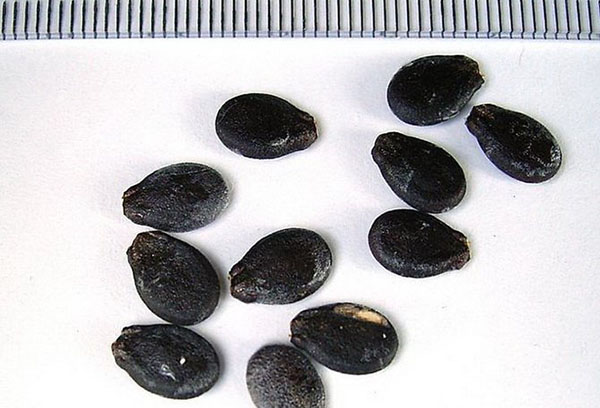
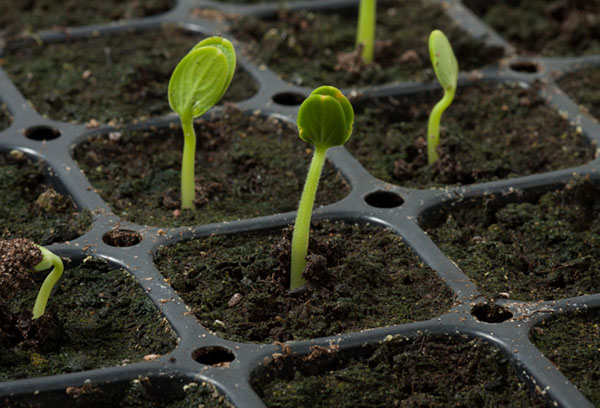
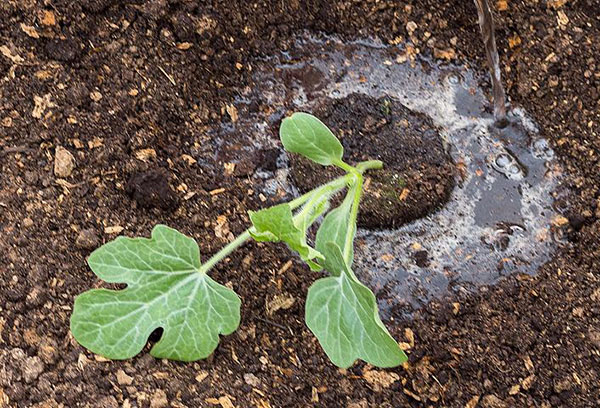
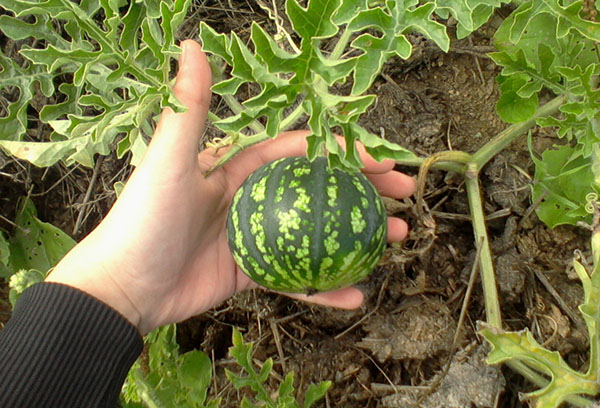
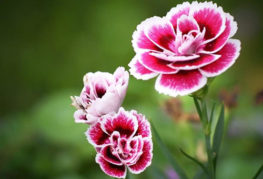
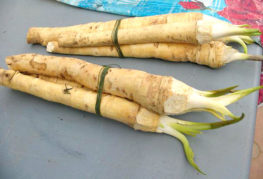
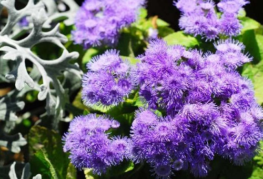
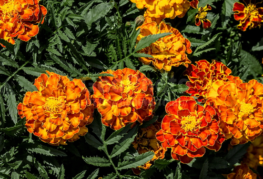
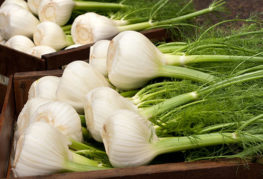
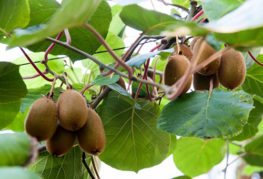
and will be published shortly.